Top 10 Customized Senior Fitness Routines for Older Adults
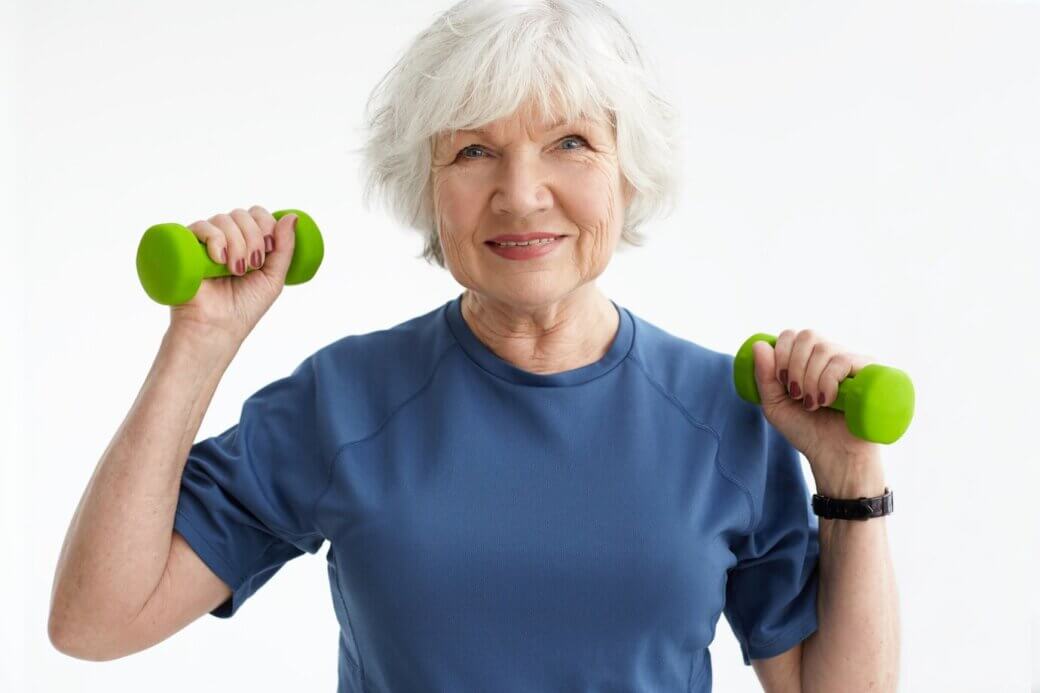
Maintaining a healthy and active lifestyle becomes more important as you age. Regular exercise can help prevent chronic diseases, improve mental health, and increase independence. However, it can be challenging to know where to start, especially if you’re new to fitness or have underlying health conditions. We’ve compiled this guide to the top 10 customized senior fitness routines for older adults. Whether you want to improve your flexibility, strength, or overall well-being, we’ve got you covered. And, if you’re just getting started, check out our article on 7 Best Exercises for Seniors (and a Few to Avoid!) for some valuable tips and advice. In this article by Central Scottsdale Assisted Living by MD Senior Living, we’ll explore the best senior fitness routines tailored to your unique needs and goals so you can stay active, healthy, and happy in your golden years.
Understanding Senior Fitness Needs
Achieving optimal health and wellness is crucial for older adults, and exercise is vital in this journey. As you age, your body undergoes significant changes that can impact your physical abilities and overall health. Understanding these changes and your unique fitness needs is necessary to create a personalized exercise routine that suits your lifestyle and goals.
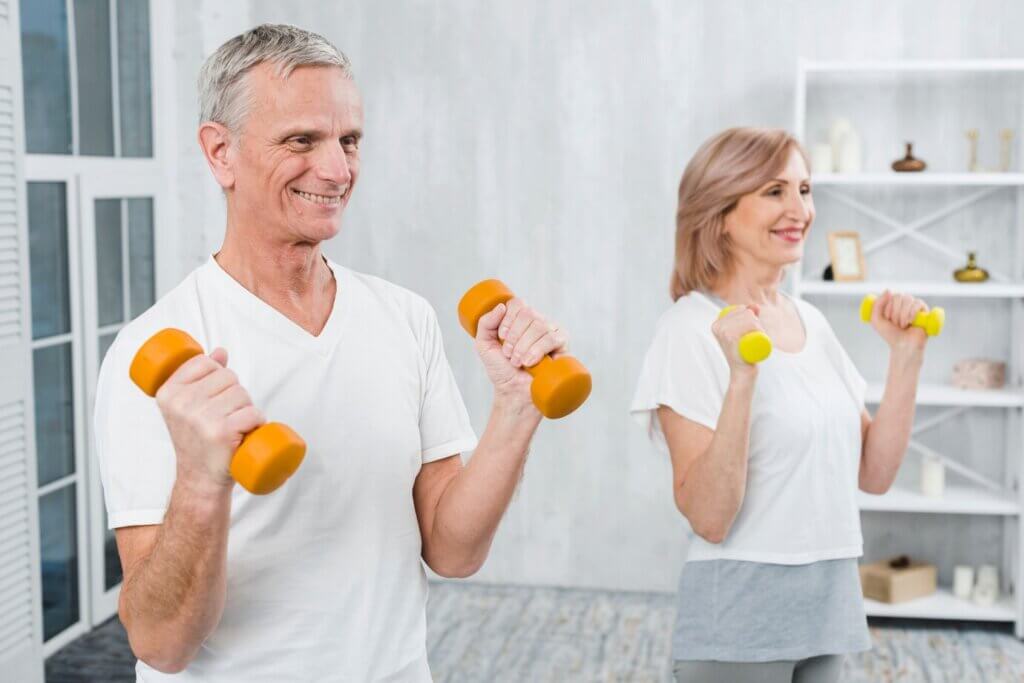
Importance of Exercise for Older Adults
Regular exercise can improve physical function, reduce the risk of chronic diseases, and enhance mental well-being. It also helps you maintain independence, mobility, and flexibility, allowing you to continue enjoying the activities you love. Moreover, exercise can help you manage age-related health conditions like arthritis, diabetes, and heart disease.
Common Health Concerns and Limitations
With age, you may experience various health concerns and limitations that can impact your ability to exercise. These may include chronic conditions, mobility issues, balance problems, or cognitive decline. It’s necessary to consider these factors when designing a fitness routine to ensure your safety and success.
Considering your unique health concerns and limitations, consulting with a healthcare professional or certified fitness expert specializing in senior fitness is crucial. They can help you identify safe and effective exercises for your needs and provide guidance on how to modify exercises to accommodate any physical limitations. Doing so can create a personalized fitness routine that addresses your specific health concerns and goals.
Top 10 Customized Senior Fitness Routines
Any older adult looking to maintain independence, mobility, and overall health should consider incorporating a customized senior fitness routine into daily life. According to A Guide To The Best Exercises For Seniors, exercising regularly can help prevent chronic diseases, improve mental health, and increase energy levels. Here are the top 10 customized senior fitness routines to get you started.
Routine 1: Aerobic Exercise for Cardiovascular Health
Cardiovascular exercise is essential for maintaining a healthy heart and lungs. Engage in brisk walking, swimming, or cycling for at least 30 minutes five days a week. This routine will help improve your cardiovascular health and reduce the risk of heart disease. Consult with your doctor before starting any new exercise program.
Routine 2: Strength Training for Muscle Mass and Bone Density
About 30% of older adults experience muscle loss, which can lead to frailty and increased risk of falls. Incorporate strength training exercises into your routine, focusing on major muscle groups like legs, arms, and core. This will help improve muscle mass and bone density, reducing the risk of osteoporosis. Working with a fitness professional to create a personalized strength training plan is essential.
Fitness experts recommend incorporating strength training exercises into your routine at least two times a week. You can use free weights, resistance bands, or gym machines to get started.
Routine 3: Flexibility and Stretching Exercises for Mobility
Below are some simple stretching exercises to improve flexibility and mobility:
Exercises like yoga, Pilates, or tai chi can help improve flexibility, balance, and overall mobility. They can also be modified to accommodate any physical limitations or disabilities.
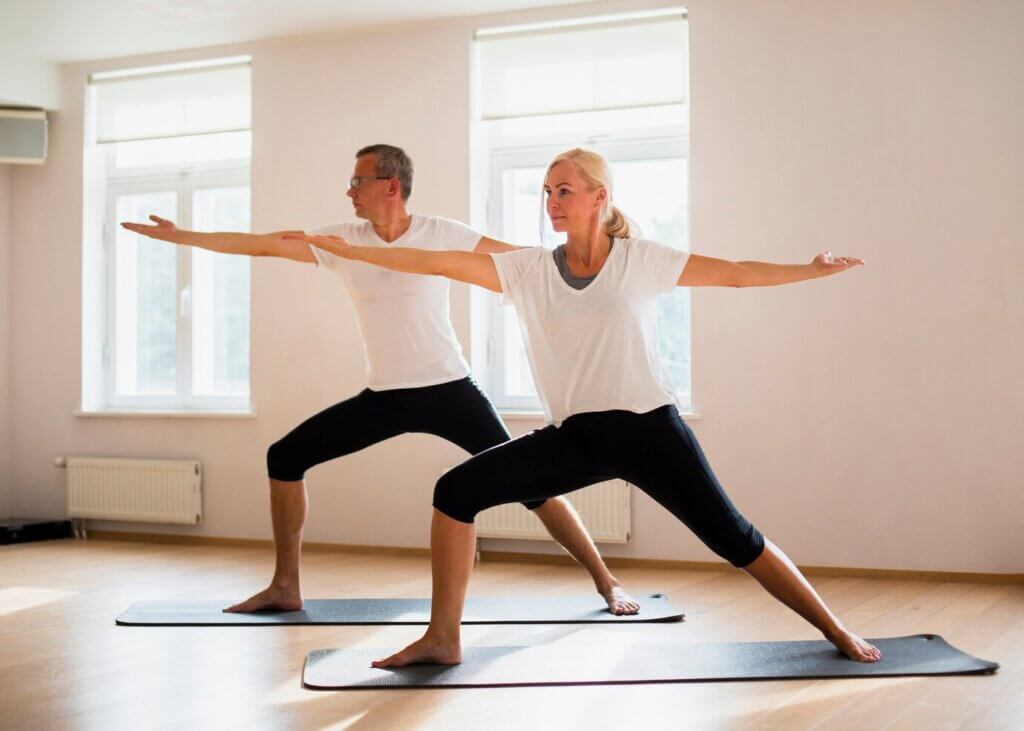
Routine 4: Balance and Coordination Exercises for Fall Prevention
Flexibility and balance exercises are crucial for preventing falls and injuries. Incorporate exercises that challenge your balance, such as single-leg squats, heel-to-toe walks, or balance boards. These exercises will help improve your overall balance and reduce the risk of falls.
Routine exercises like tai chi or yoga can also help improve balance and coordination. These exercises can be modified to accommodate any physical limitations or disabilities.
Routine 5: Low-Impact Aerobics for Joint Health
With low-impact aerobics, you can improve your cardiovascular health without putting excessive strain on your joints. Engage in activities like swimming, cycling, or using an elliptical machine for at least 30 minutes five days a week.
Choosing gentle exercises on your joints is essential, especially if you have any underlying health conditions or injuries.
Routine 6: Resistance Band Exercises for Upper Body Strength
Across the country, older adults are incorporating resistance band exercises into their fitness routines. These exercises are easy to modify and can be done from the comfort of your own home. Focus on exercises targeting your upper body, such as bicep curls, extensions, and shoulder presses. Consult with a fitness professional to create a personalized resistance band exercise plan.
Mobility exercises like resistance band exercises can help improve upper body strength and reduce the risk of falls.
Routine 7: Chair Yoga for Flexibility and Relaxation
On days when you need a break from intense physical activity, try incorporating chair yoga into your routine. Chair yoga can help improve flexibility, balance, and overall relaxation.
For instance, incorporate simple chair yoga poses like seated forward bends, chair twists or seated cat-cow stretches into your daily routine.
Routine 8: Brisk Walking for Cardiovascular Health
Cardiovascular exercise is essential for maintaining a healthy heart and lungs. Brisk walking for at least 30 minutes five days a week will help improve your overall cardiovascular health and reduce the risk of heart disease.
Routine exercises like brisk walking can also help improve mental health and reduce symptoms of anxiety and depression.
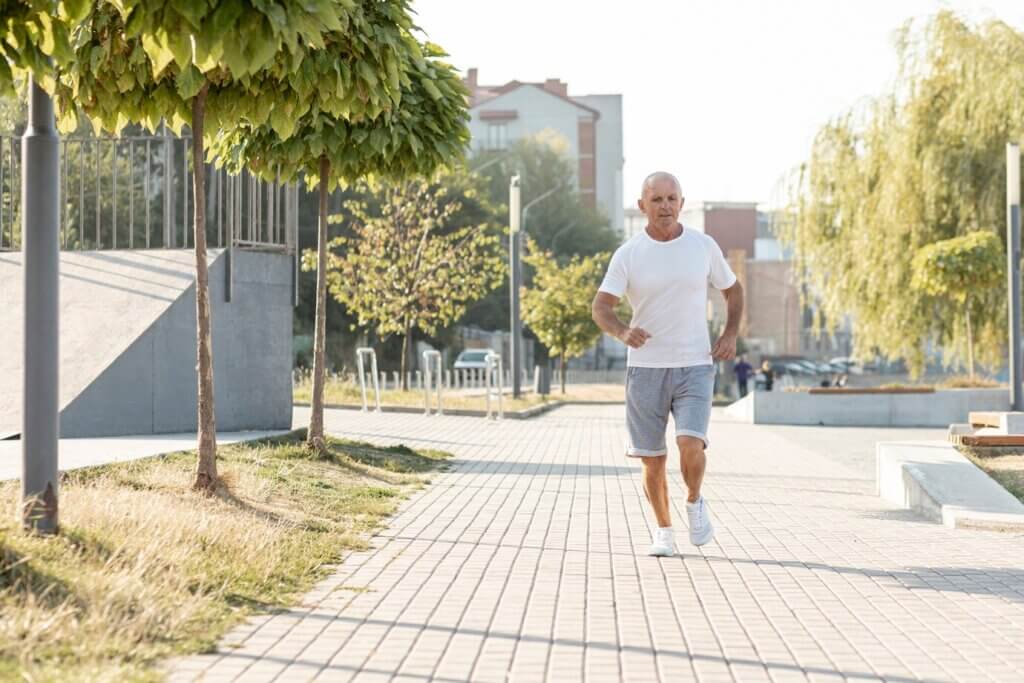
Routine 9: Tai Chi for Balance and Coordination
Unlike traditional exercise routines, Tai Chi is a low-impact, slow-moving exercise focusing on balance, coordination, and relaxation. This ancient Chinese practice has improved balance, reduced the risk of falls, and enhanced overall physical function in older adults. Incorporating Tai Chi into your fitness routine can improve your balance, flexibility, and strength, reducing the risk of injuries and improving your overall quality of life.
Routine 10: Water-Based Exercise for Low-Impact Aerobics
At the heart of water-based exercise is the concept of buoyancy, which reduces the impact of exercise on joints. This makes it an ideal option for older adults with mobility issues or chronic conditions. Water-based exercise, such as swimming or water aerobics, provides a low-impact, aerobic workout that improves cardiovascular health, strengthens muscles, and increases flexibility. Incorporating water-based exercise into your fitness routine can improve your overall health and reduce the risk of chronic diseases.
Overcoming Common Barriers to Exercise
Many older adults face challenges that prevent them from exercising regularly. Whether managing chronic conditions, finding motivation, or adapting to physical limitations, there are ways to overcome these barriers and incorporate exercise into your daily routine. According to 12 Exercises for Seniors: Balance, Mobility, and Strength, exercising regularly can help improve balance, mobility, and strength, reducing the risk of falls and other health problems.
Managing Chronic Conditions and Pain
Behind every excuse not to exercise lies a legitimate concern. For older adults living with chronic conditions or pain, it’s vital to consult with a healthcare professional before starting any new exercise routine. They can help you develop a personalized plan that considers your needs and limitations.
Finding Motivation and Accountability
Between busy schedules and a lack of motivation, putting exercise on the back burner is easy. However, finding a workout buddy or joining a fitness class can provide the accountability and encouragement you need to stick to your routine.
Finding motivation to exercise can be challenging, but it’s vital to remember that every small step counts. Start by setting achievable goals, such as taking a short walk each day or doing a few exercises at home. Celebrate your successes, and don’t be too hard on yourself if you miss a day or two.
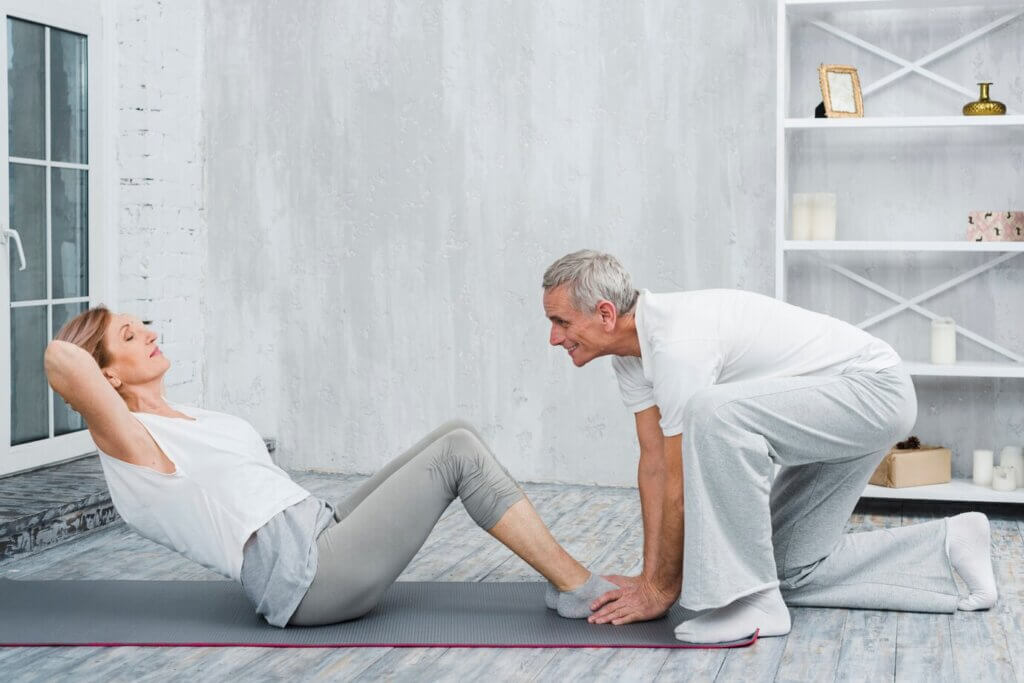
Adapting to Physical Limitations and Disabilities
On the surface, exercising with physical limitations or disabilities may seem impossible. However, many adaptive exercises and programs are designed for older adults with mobility issues or disabilities.
Finding ways to stay active is vital even with physical limitations. Consult a healthcare professional or fitness expert specializing in adaptive exercise to develop a personalized plan that meets your unique needs and abilities.
Conclusion
Hence, incorporating a customized senior fitness routine into your daily life can profoundly impact your overall health and well-being. Choosing from the top 10 routines outlined in this article can improve physical function, reduce the risk of chronic diseases, and maintain independence as you age. Remember, it’s never too late to start, and with the proper guidance and support, you can achieve your fitness goals and live a healthier, happier life at Central Scottsdale Assisted Living by MD Senior Living. Call us today at 619-831-1112 to learn more about our senior fitness programs and take the first step towards a more active and fulfilling life.




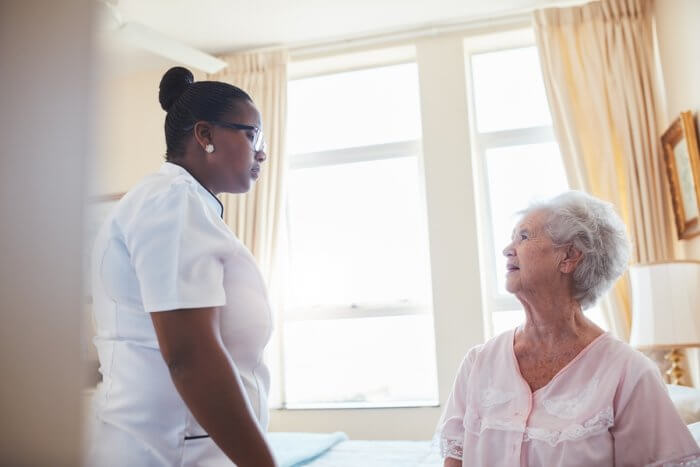
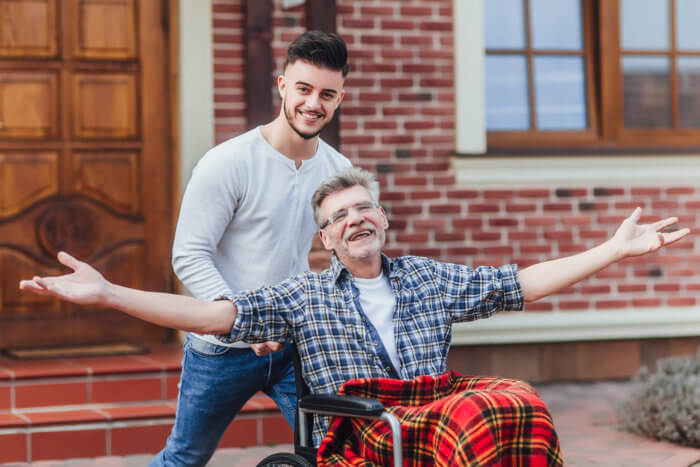
Leave a Comment